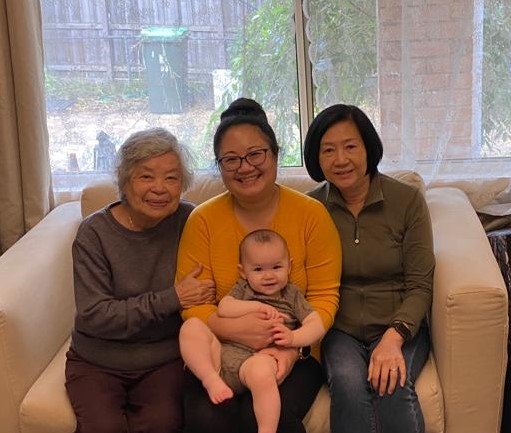Dr Jade Jaffar sat down with the PACT team to talk about her collaborative work with industry, including how it started, what the team hopes it will achieve and the challenges they’ve faced.

Tell us a bit about yourself and why you chose PF as your research area:
I have an interest in developing new therapies and was particularly interested in idiopathic PF because there were no clinically effective treatment options for IPF (outside of lung transplantation) when I began my research career. So first we established a biorepository of clinically phenotyped lung specimens from patients with end-stage lung fibrosis and healthy donors whose lungs were not suitable for use in transplantation. Using these well-banked materials, we are able to 1) perform pre-clinical assays that advance drug development in collaboration with industry partners (CSL, Adalta, Accendatech) and 2) share these primary materials with Australian academics for use in their own basic science research. This allows the precious tissue donations from PF patients and organ donors to be maximised for the greater good. We are especially proud that to date, materials from our biorepository have been shared with 11 different academic groups and used in 18 peer-reviewed publications.
Describe your clinical research project in a couple of sentences:
Our current main body of work is the continuation of a project in collaboration with CSL that is entering the 7th year and is focused on the coagulation factor XII (FXII). We have evidence to suggest that FXII plays a role in driving fibrosis by activating resident lung fibroblasts and causing them to release pro-inflammatory cytokines (such as IL-6). We recently published the first chapter of this work in the American Journal of Physiology-Lung Cellular and Molecular Physiology. We are continuing to investigate whether CSL’s anti-FXII antibody CSL312 may be useful in patients with progressive fibrosing interstitial lung disease such as IPF as well as exploring novel mechanisms related to the role of FXII in PF-ILD.
Tell us how this project came about:
Our biorepository began as a joint endeavour between us and CSL around 2015. It was clear that well-phenotyped and stored primary human materials would be needed to best develop new therapeutics for IPF and other PF-ILDs by adding information that cannot be replicated by animal models. In addition, there was a little evidence in the literature that FXII may play a role in IPF but not enough studies had been completed to fully understand this potential mechanism. Therefore, a project was needed to investigate how FXII may drive disease progression in IPF.
What do you hope this project will achieve?
We hope to better understand the pathogenesis of PF-ILDs and other lung diseases where coagulation factors like FXII are a part of the disease process.
What has been the biggest challenge of the project so far?
Before being used in patients, pharmacological interventions have a high bar of pre-clinical evidence to pass. This makes our work challenging in the sense that we must show that we have demonstrated efficacy of the drug using cell culture and animal models that represent the human disease as best as possible.
The people working on this project are:
Glen Westall, Ian Glaspole and Karen Symons from the Alfred/Monash. Mae Wong and Laura McMillan are my primary colleagues from CSL but there are a host of other CSL team members that are also involved.
What do you see as the biggest evidence gaps in PF care? What are the clinical research priorities?
We still do not completely understand how pulmonary fibrosis progresses and this hinders the development of more therapies that may stop fibrosis. Related to this, we do not know why IPF in particular starts in the lung bases and seems to advance up into the lung apices over time. Glen (my supervisor) calls this phenomenon the “leading edge of fibrosis” and we believe it is critical to understand the cellular processes driving its occurrence in order to develop clinically effective treatments.
